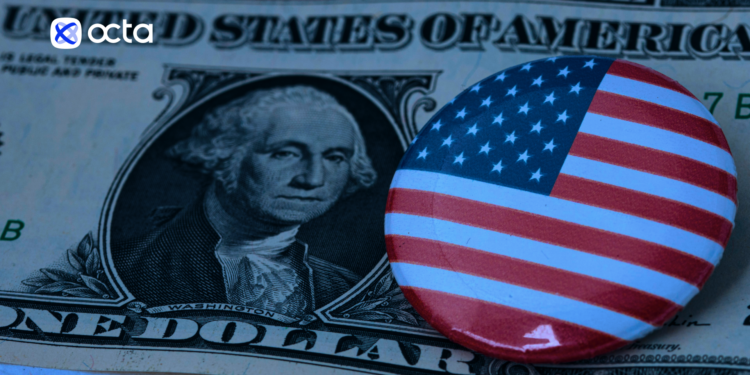Key Takeaways: The U.S. dollar has appreciated significantly since late September, primarily due to widening interest rate differentials between the U.
S. and other major economies. The U.
S. economy’s resilience, strong labour market, and consumer spending contribute to expectations that the Federal Reserve (Fed) will not cut rates as aggressively as other central ppl banks in 2025. Geopolitical uncertainty, potential trade wars, and anticipation of certain political policies are also fueling demand for the U.
S. dollar as a safe haven. The prospect of specific trade policies had a negative impact on currencies like the Euro, Australian dollar (AUD), and New Zealand dollar (NZD).
The Eurozone faces structural challenges and expects multiple rate cuts by the European Central Bank (ECB) compared to fewer by the Fed. There’s a considerable chance EURUSD could decline towards or even below parity with the U.S.
dollar. While the rally in the U.S.
Dollar Index (DXY) shows signs of exhaustion, Octa Trader analysts believe the market has already factored in various potentially negative scenarios related to future trade policy, and the dollar may be overvalued in the short term. The U.S.
dollar has been appreciating almost relentlessly since the end of September. In just three and a half months, the Dollar Index (DXY), which measures the value of the greenback relative to a basket of six major foreign currencies, including the euro, Japanese yen, British pound, Canadian dollar, Swed.









































